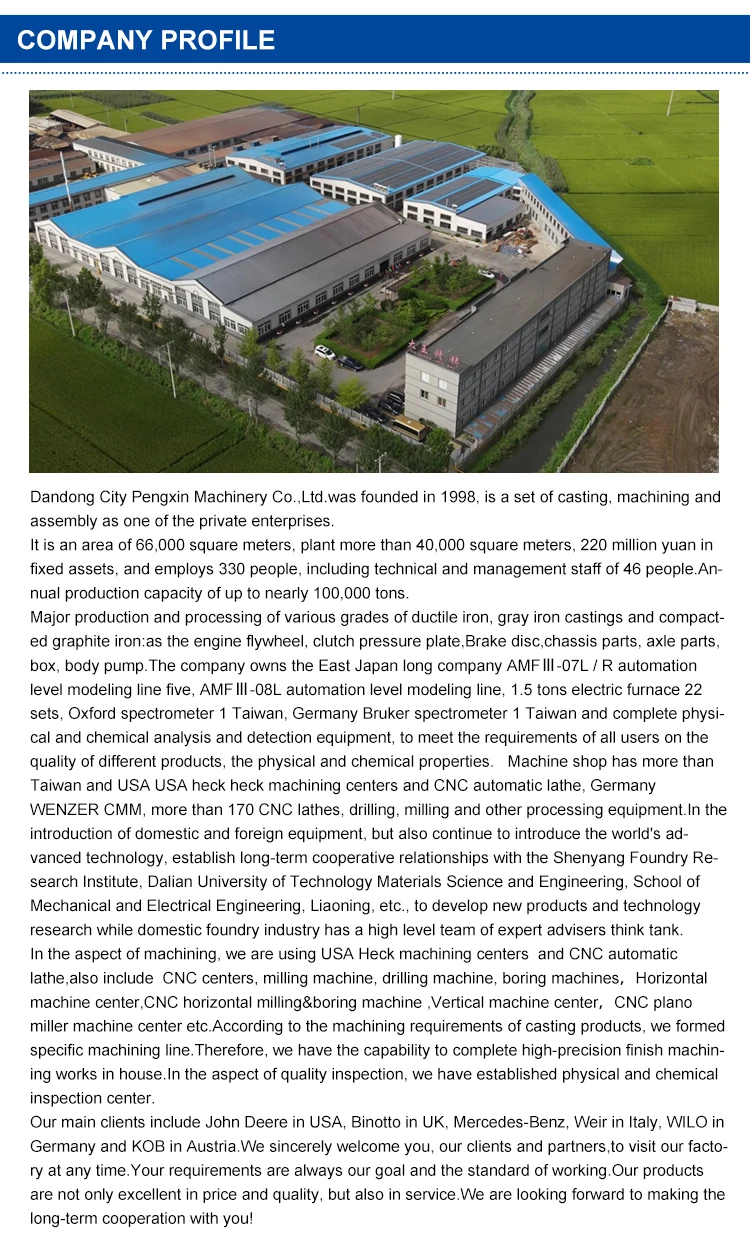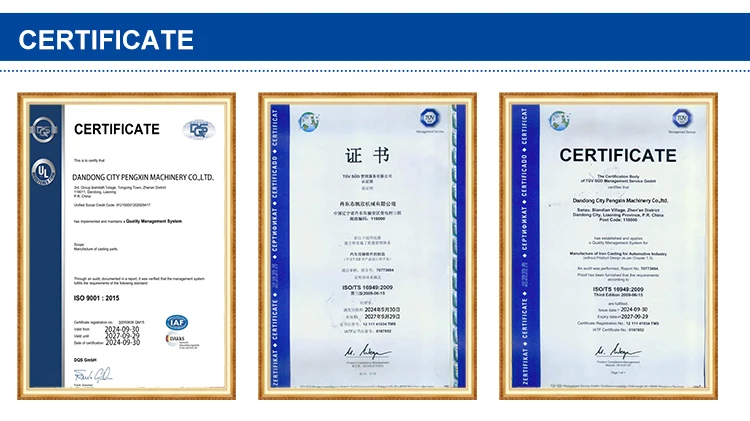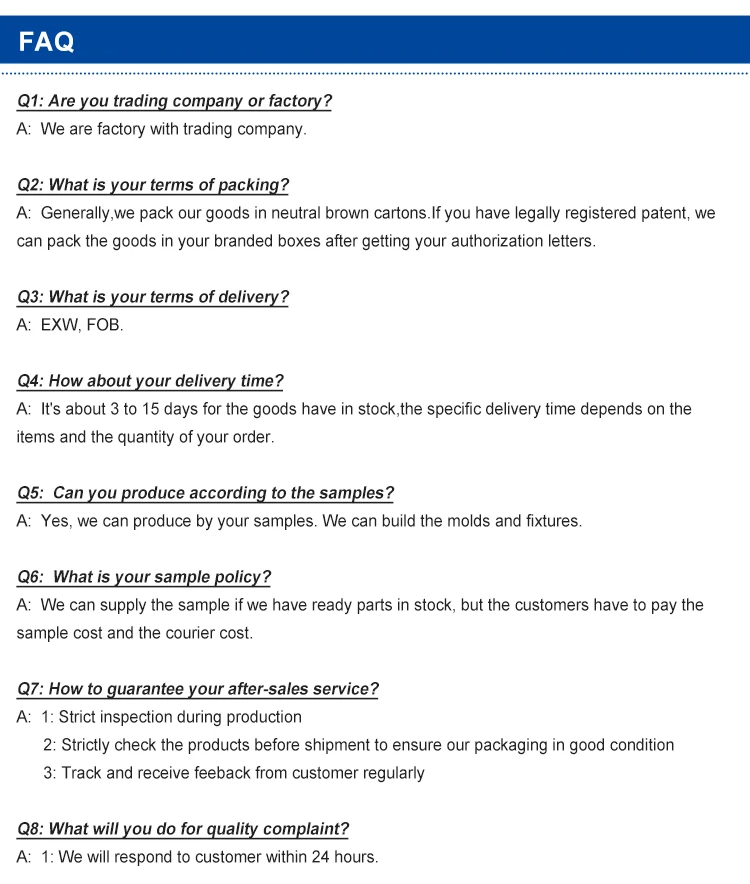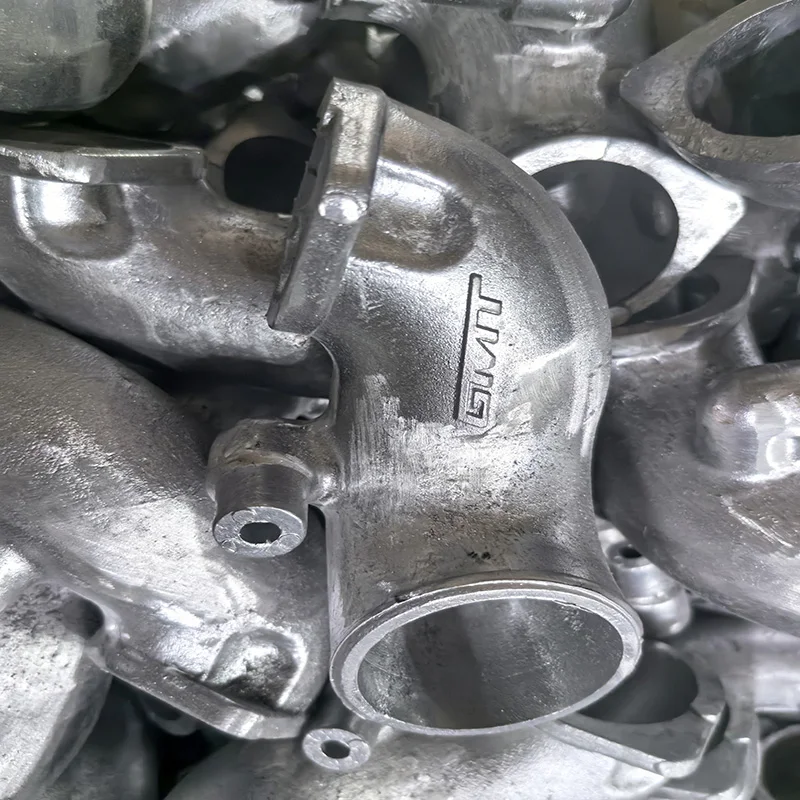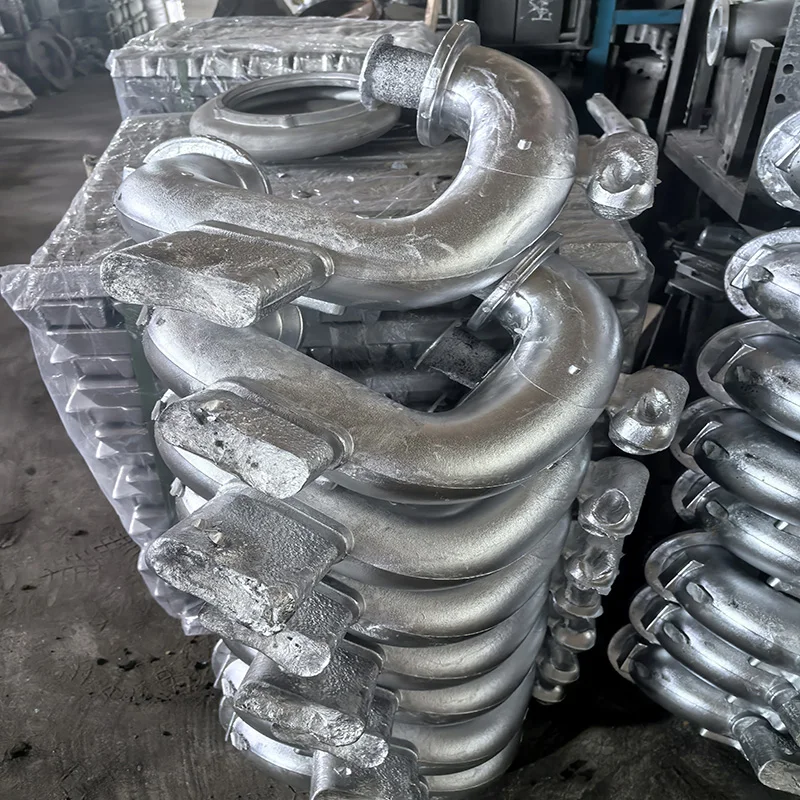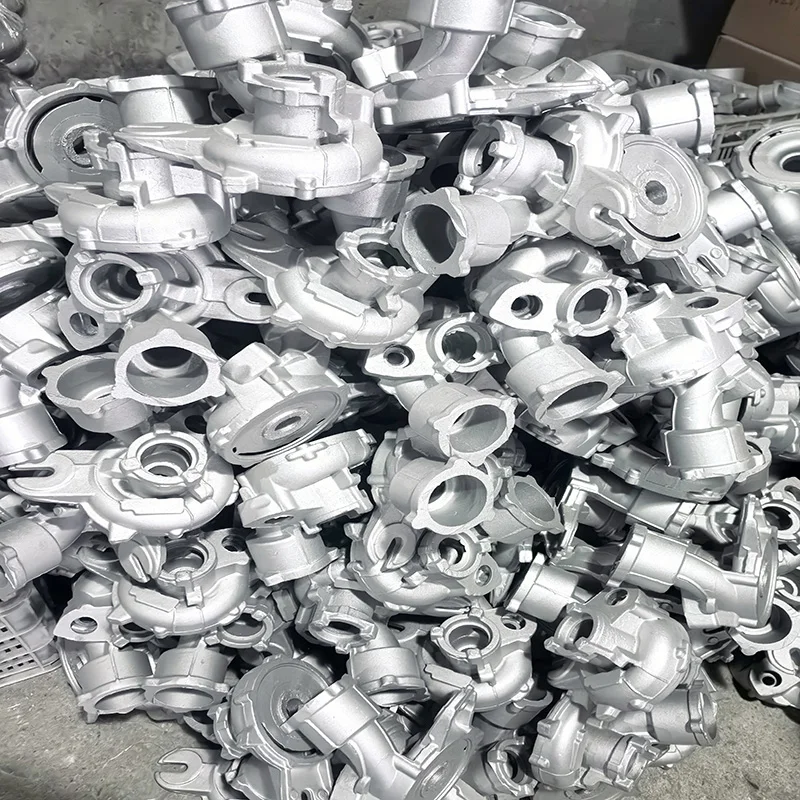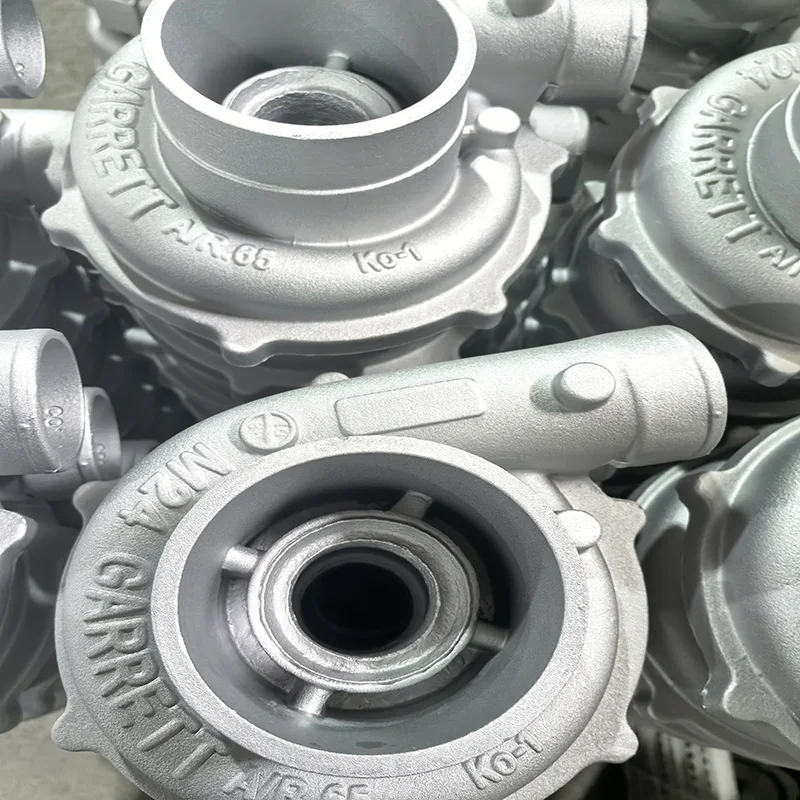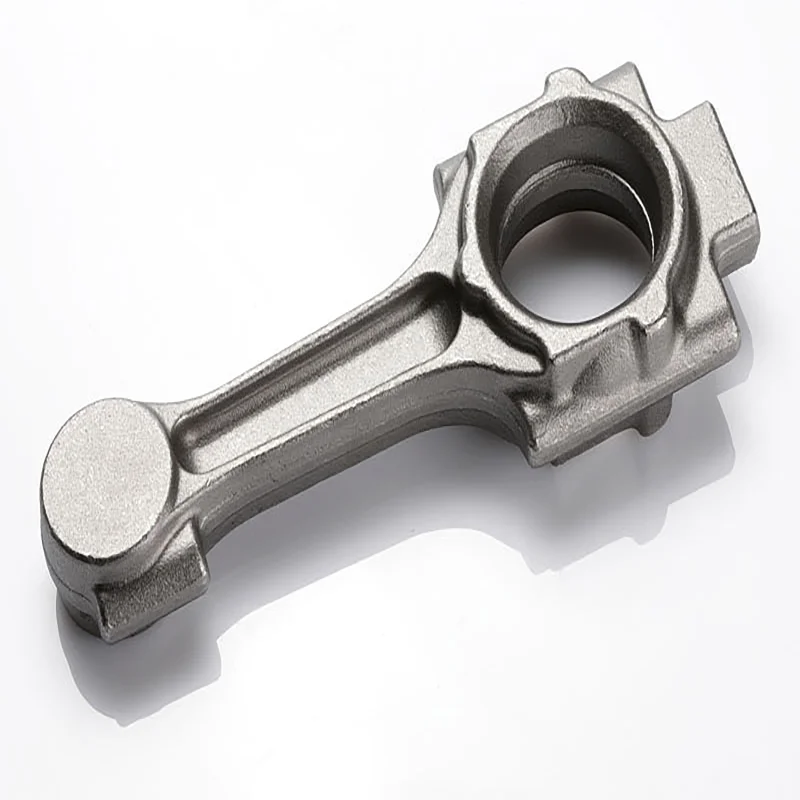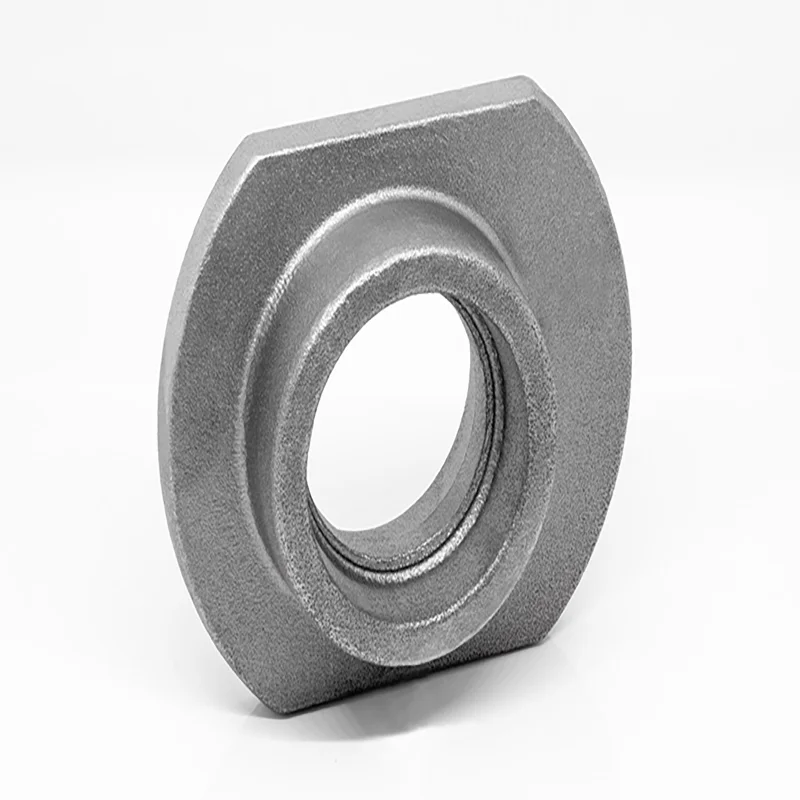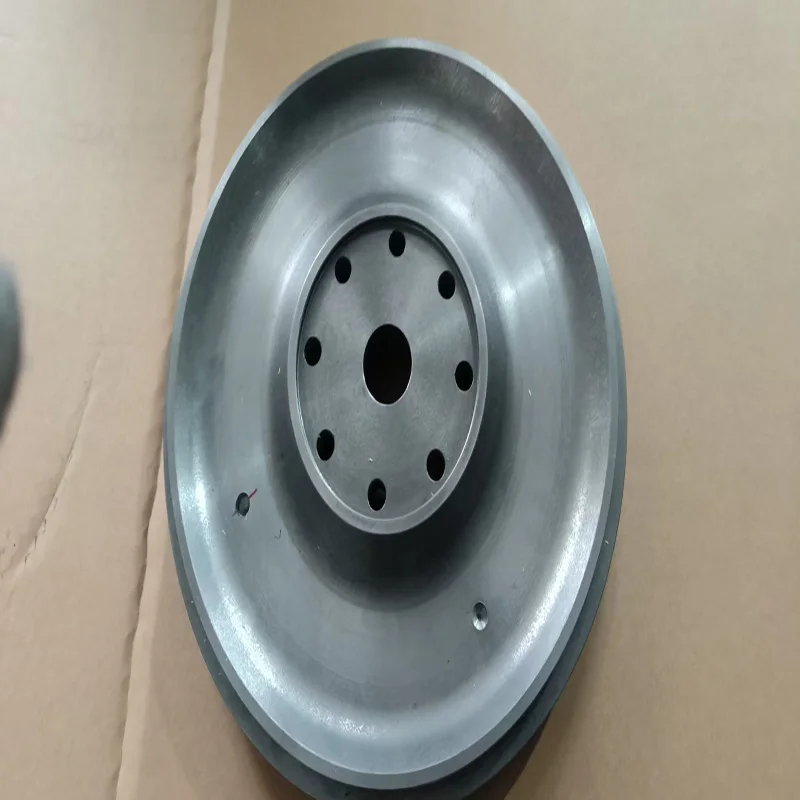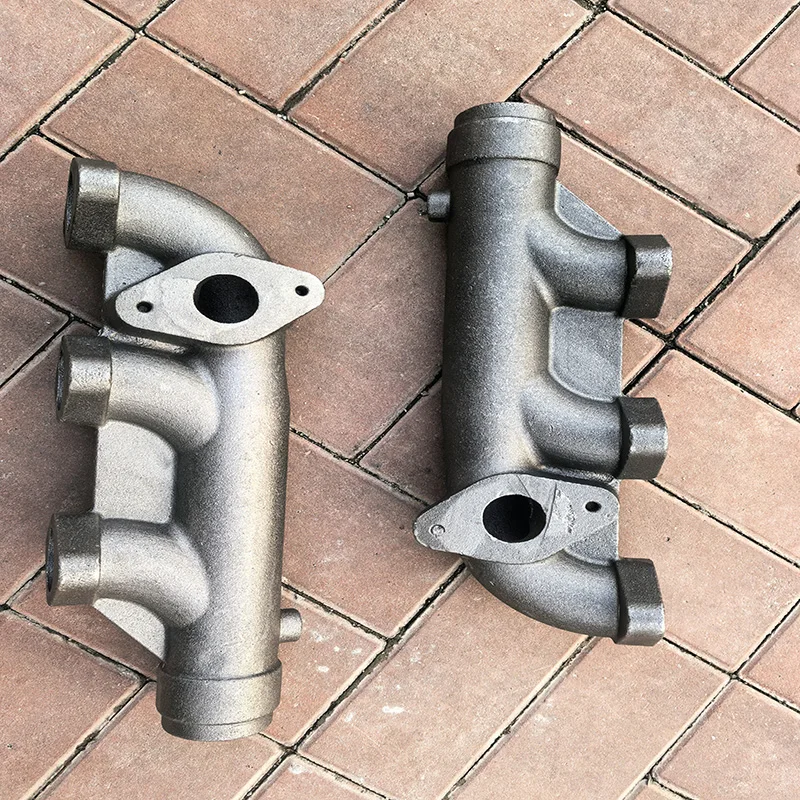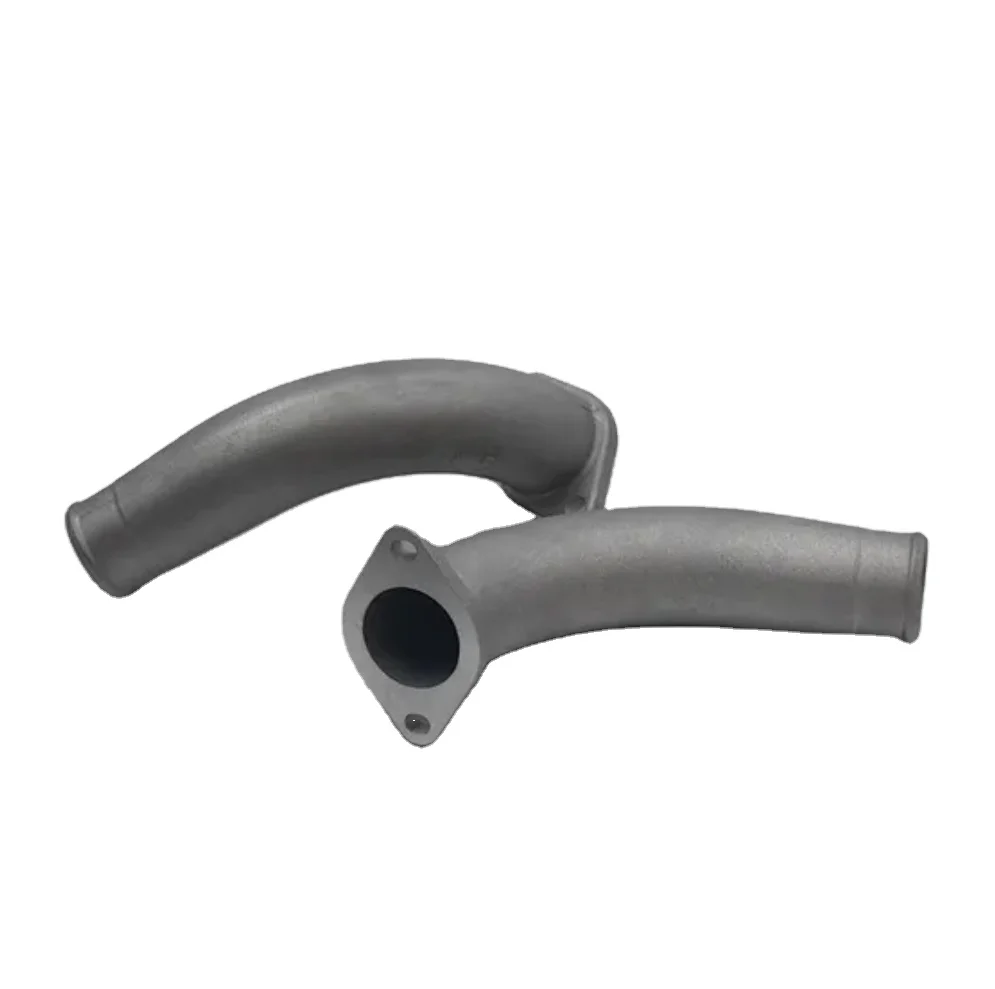- Overview
- Recommended Products
Mold Preparation: The reusable steel mold is coated with a refractory wash to control cooling and facilitate part ejection.
Pouring: Molten aluminum is carefully ladled into the mold cavity in a controlled manner to prevent turbulence and air entrapment.
Solidification: The metal cools and solidifies directionally, often aided by strategically placed cooling fins or chills within the mold to ensure soundness in critical sections.
Ejection and Finishing: Once solidified, the casting is ejected. The process yields near-net-shape parts with a superior surface finish and minimal draft angles, often requiring less secondary machining compared to other casting methods.
Automotive: Wheel hubs, steering knuckles, brake calipers, and suspension components.
Aerospace: Structural brackets and housings that require high reliability.
Industrial Machinery: Pump housings, hydraulic valves, and gearbox cases.
Energy: Components for renewable energy systems and power transmission equipment.
In an era of advanced manufacturing processes, Gravity Casting remains a cornerstone technique for producing high-integrity, reliable aluminum components. As a specialized service, our Gravity Cast Mold for Aluminum Alloys delivers components where structural soundness and cost-effectiveness are paramount. This article explores the fundamental principles, material benefits, and key applications of this trusted and versatile casting method.
Material Integrity and Enhanced Performance
Gravity casting is predominantly used with aluminum alloys, such as A356. This alloy is favored for its excellent casting characteristics, corrosion resistance, and, most importantly, its exceptional response to heat treatment (T6 temper). Unlike high-pressure methods, gravity casting utilizes the natural force of gravity to fill the mold. This laminar, non-turbulent flow of molten metal results in a dense, homogeneous microstructure with minimal gas porosity and inclusions. Consequently, the final products exhibit superior mechanical properties, including enhanced elongation and impact resistance. They are exceptionally well-suited for applications requiring high structural integrity, pressure tightness, and long-term durability under stress.
The Gravity Casting Process: Precision Through Control
The "Gravity Cast Mold" process involves pouring molten aluminum alloy into a permanent steel mold (or die) solely under the force of gravity. The key stages are:
Diverse Industrial Applications
The combination of strength, quality, and cost-efficiency makes gravity cast aluminum components ideal for a wide range of demanding industries. Common applications include:
By leveraging Gravity Cast Mold technology, we provide OEMs with robust aluminum casting solutions that offer an optimal balance of performance, quality, and value for critical structural parts.



Material |
steel, stainless steel, aluminum,iron, carbon steel,copper, brass, alloy, etc. |
Thickness |
0.1mm to 12mm, as your request |
Sizes |
1) According to customers' drawings 2) According to customers' samples |
Surface treatment |
Anodizing, galvanized, zinc, nickle, chrome plating, powder coating, painting, etc. |
Drawing format |
DWG, DXF, STEP, STP, STL, AI,PDF, JPG, Draft. |
Packing |
Polybag+Carton box+Wooden case/Pallet, according to customer's request |
Shipment |
1) By courier, like DHL, TNT, Fedex, etc, usually 5-7 days to arrive |
2) By air to air port, usually, 3-4 days to arrive |
|
3) By Sea port, usually 15-30 days to arrive |
|
Delivery Time |
depend on the quantities, usually around 20 days. |
Payment Term |
T/T, Paypal, Trade Assurance |
Certification |
ISO |
Logo service |
provided |
Application |
widely used on construction, industry, automobile industry. |
